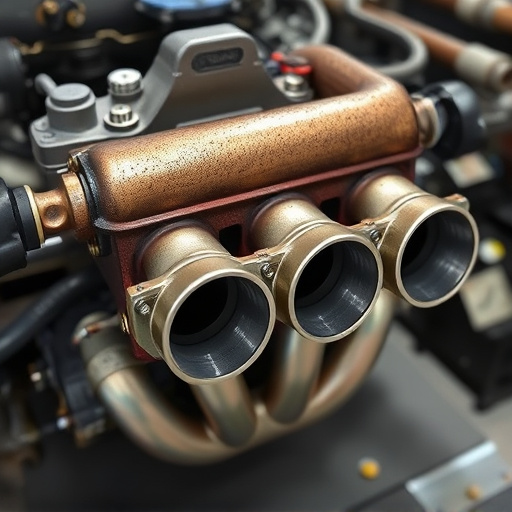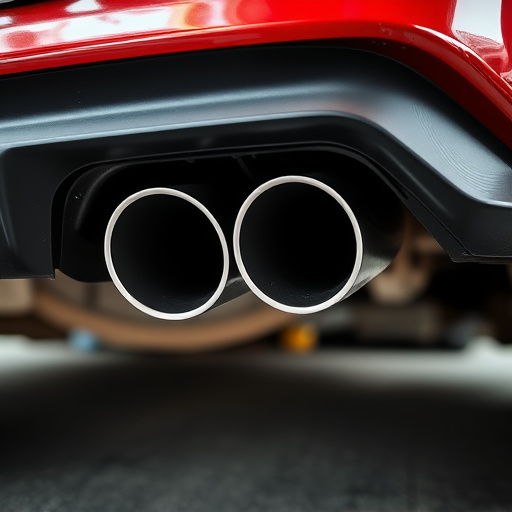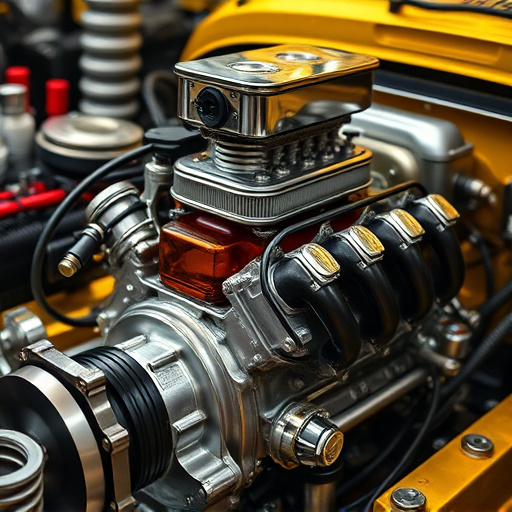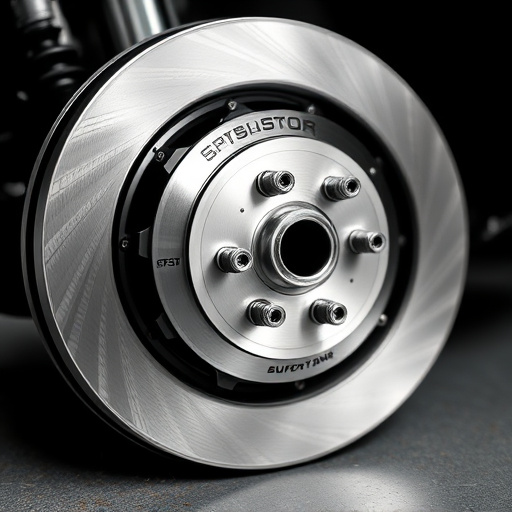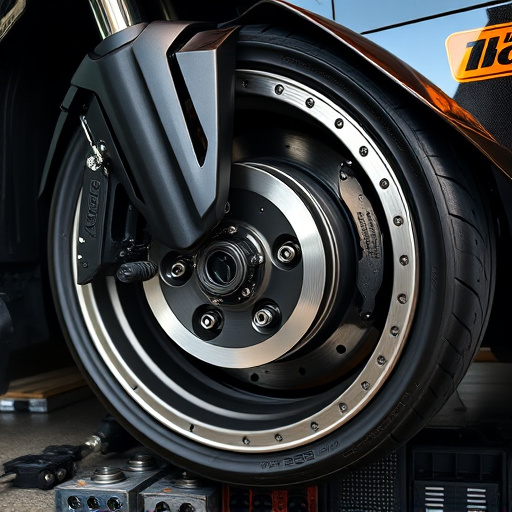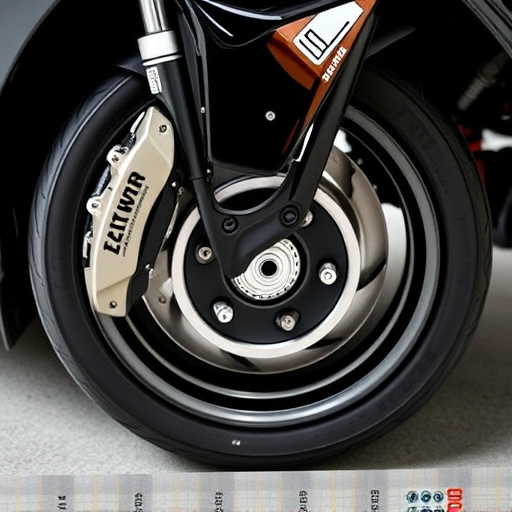Ram air intake systems enhance engine performance by drawing in cold, dense external air, but they require careful maintenance to prevent hydrolock, a water intrusion issue caused by poor drainage design, restricted airflow, or faulty components. Best practices include regular inspection and maintenance of the air intake system, leak checks, proper drainage assurance, and timely filter/component replacements, all crucial for minimizing hydrolock risk and enhancing safety.
“Maximize your vehicle’s performance and avoid costly damage with our guide on best practices for ram air intake systems. Ram air intakes, a popular upgrade for off-road and high-performance cars, offer increased airflow for enhanced power. However, ‘hydrolock’—a dangerous condition caused by water ingress—is a real risk. Understanding the mechanics of these systems, identifying common causes like clogged filters or improper installation, and adopting effective prevention strategies are key to safe and efficient ram air intake operation.”
Understanding Ram Air Intake Systems
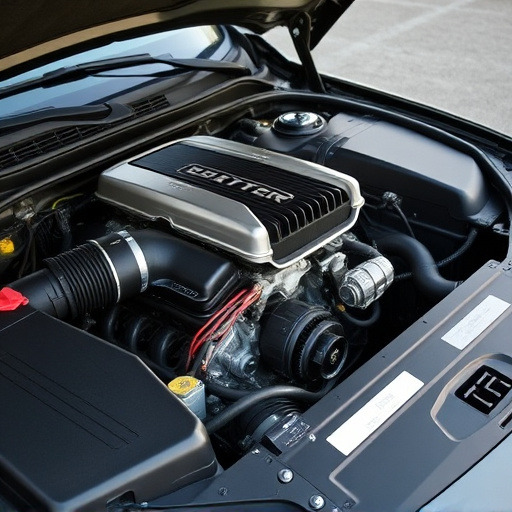
Ram air intake systems are designed to draw in cold, dense air from outside the vehicle, providing a direct path for oxygen-rich air to fuel-air mixture inside the engine. This contrasts with traditional intake systems that rely on the car’s vacuum and exhaust mufflers to pull in air. By bypassing these components, ram air intakes can significantly enhance performance and efficiency. These systems often include high-flow air filters that trap contaminants while ensuring minimal restriction to airflow.
Understanding how ram air intake systems work is crucial when it comes to avoiding hydrolock—a condition where water enters the engine through the intake, causing serious damage. Proper installation and maintenance of these systems are key to preventing issues. This includes regularly checking for leaks, ensuring proper sealing, and using performance air filters suitable for your vehicle’s ram air intake system, which can trap moisture while allowing smooth airflow. Additionally, maintaining optimal exhaust gas temperatures helps prevent water condensation in the intake system.
Common Causes of Hydrolock
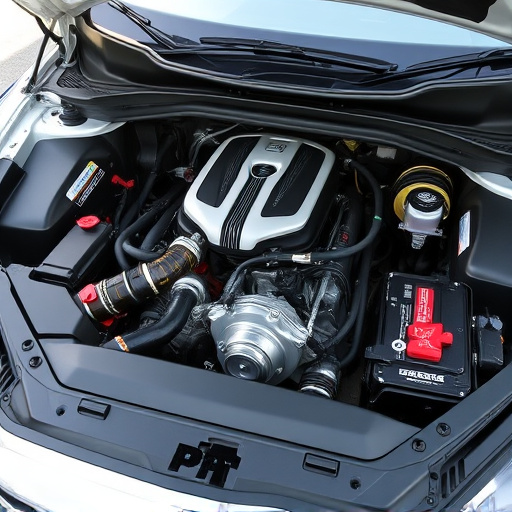
Hydrolock, a condition where water enters an engine through the air intake, can be a significant issue for vehicle owners, especially those with ram air intake systems. Understanding the common causes is crucial in preventing this problem. One of the primary factors is poor drainage design or inadequate exhaust systems, allowing water to pool and flow into the intake during certain driving conditions, such as deep puddles or flooded areas. Another frequent cause is the use of performance air filters that restrict airflow but do not offer sufficient water passage, leading to backpressure and potential hydrolock.
Additionally, modifications like high-performance exhaust systems or suspension kits can alter the vehicle’s normal operating parameters, making it more susceptible to hydrolock. These changes may disrupt the usual flow of air and moisture, causing water to enter the engine in unexpected ways. To mitigate these risks, regular maintenance is key; checking for leaks, ensuring proper drainage, and replacing filters and components as recommended by manufacturers can significantly reduce the chances of experiencing hydrolock.
Effective Prevention Strategies
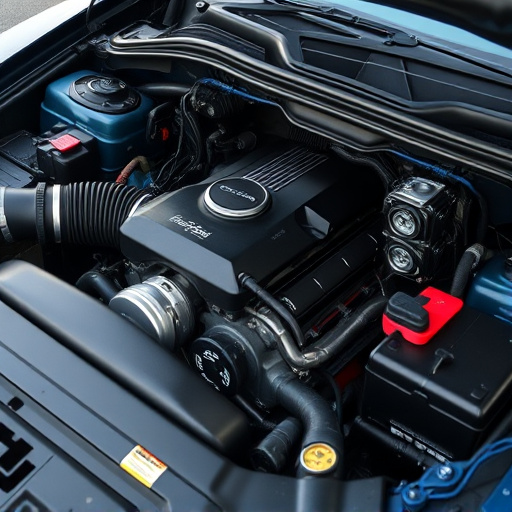
To effectively prevent hydrolock with a ram air intake system, several best practices should be implemented. Firstly, ensure proper maintenance and regular inspection of your vehicle’s air intake systems. Regular cleaning and replacement of filters are crucial to maintain optimal airflow. Additionally, check for any leaks in both the air intake systems and exhaust mufflers, as these can disrupt the delicate balance of pressure differentials that ram air intakes rely on.
Secondarily, focus on ensuring that brake components and related systems are in top condition. Malfunctioning brakes or hydraulic issues can cause sudden stops, leading to potential hydrolock scenarios. Regularly service your brakes and stay vigilant for any unusual noises or performance indicators. By combining these preventive measures with routine maintenance, you significantly reduce the risk of hydrolock, ensuring a smoother driving experience.
Understanding and implementing best practices for ram air intake systems is key to preventing costly hydrolock incidents. By identifying common causes like water ingestion, debris buildup, or faulty design, and adopting effective prevention strategies such as regular maintenance, proper installation, and using high-quality filters, you can significantly reduce the risk of hydrolock. These measures ensure your ram air intake system operates efficiently, enhancing engine performance while safeguarding against potential damage.








